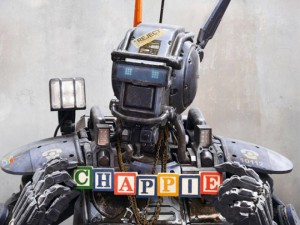by Maria Isabelle
 Even before The Force Awakens hit the big screen, Star Wars fans were instantly enchanted by the effects, mysterious storyline and intriguing but relatable characters. In particular, Rey has become the heroine of every young girl’s’ dreams and has since resonated with a vast majority of audiences because of her admirable independence and unmatched strength. In a series that has focused for so long on its young male heroes, it’s high time that a fully-formed female character like Rey has come into the limelight.
Even before The Force Awakens hit the big screen, Star Wars fans were instantly enchanted by the effects, mysterious storyline and intriguing but relatable characters. In particular, Rey has become the heroine of every young girl’s’ dreams and has since resonated with a vast majority of audiences because of her admirable independence and unmatched strength. In a series that has focused for so long on its young male heroes, it’s high time that a fully-formed female character like Rey has come into the limelight.
The Force Awakens takes place thirty years after the defeat of the Empire in Return of the Jedi, and since then, the galaxy has reorganized itself. Luke Skywalker has disappeared and Leia, now the general of the Resistance, leads a splinter group that fights against the new Empire, the First Order. Rey first appears as a nobody, a scavenger on the backwater desert planet of Jakku, who is drawn into the conflict after she rescues the adorable droid, BB-8, who houses vital information about Luke’s whereabouts. Like both Luke and Anakin Skywalker before her, she goes from her humble beginnings in the desert to participating in events that shape the galaxy – and like them, she also discovers that she is strong in the Force.
Rey is a hero for today’s world, vulnerable and strong in equal parts. She is able to scavenge for herself and has developed many survival skills because of this. However, we see that she is utterly alone in the world of Jakku, waiting for someone who may never come back. Despite this, she forms bonds quickly and we see this through BB-8 and former stormtrooper Finn. Later on, we find her in a pseudo-father-daughter relationship with Han, which is both lovely and heartbreaking, considering the unknown origins of her own parents. Rey’s strength comes from her abilities to take care of herself as well as her hope that someone will come back for her.
Her relationships with the male characters of The Force Awakens also show her developed character. Despite Finn’s obvious interest in her, this love interest is not fully formed and instead focuses on using Finn to show Rey’s abilities. When they first meet and are found by the First Order, Finn repeatedly takes Rey’s hand to run, to which Rey responds with “I know how to run without you holding my hand.” Han Solo also recognizes her skills and even offers her a job aboard the Millennium Falcon and a blaster gun on the planet of Takodana because he knows she can take care of herself. Rey also shows her independence in multiple situations where she saves herself: when people try to capture BB-8, she successfully fights them off with her staff and when she is captured by Kylo Ren, we find her performing her own escape plan and Han Solo, Chewbacca and Finn (unnecessarily) trying to save her.
Rey’s skills are not only present in her knowledge of how to survive in the desert, but in how she adapts to the galaxy at large. Her scavenging is directly related to her ability to understand and repair starships, thus winning Han Solo’s respect. Her melee skills with her staff- because as Finn points out, nobody on Jakku seems to use blaster pistols – serve her well when she receives a lightsaber. And her latent skills in the Force may be the most useful of all. It seems obvious that Rey may have received training at some point in the past, and these forgotten abilities come to the forefront once she meets Kylo Ren. The Sith Lord in training attempts to seduce Rey with promises of instruction, reaching into her mind to pull out memories. Rey is able to turn the tables and this moment seems to flip a switch in her. Like Luke before her, all she needed to do was close her eyes and trust in the Force.
Rey is not a damsel in distress like many female characters of the 1970s were, nor is she the hypersexualized heroine so common in the late 1990s. She has more in common with Katniss Everdeen than she does the heroines of the pulp films that inspired Star Wars. She lets audiences see that women can be heroes and fighters in a galaxy far, far away. When fans watch previous films and Star Wars spinoffs on DVD or on local channels, they can see that The Force Awakens continues a proud tradition of following along Joseph Campbell’s hero’s journey – only this time, the hero just happens to be a heroine.
 Maria is a writer interested in comic books, cycling, and horror films. Her hobbies include cooking, doodling, and finding local shops around the city. She currently lives in Chicago with her two pet turtles, Franklin and Roy.
Maria is a writer interested in comic books, cycling, and horror films. Her hobbies include cooking, doodling, and finding local shops around the city. She currently lives in Chicago with her two pet turtles, Franklin and Roy.

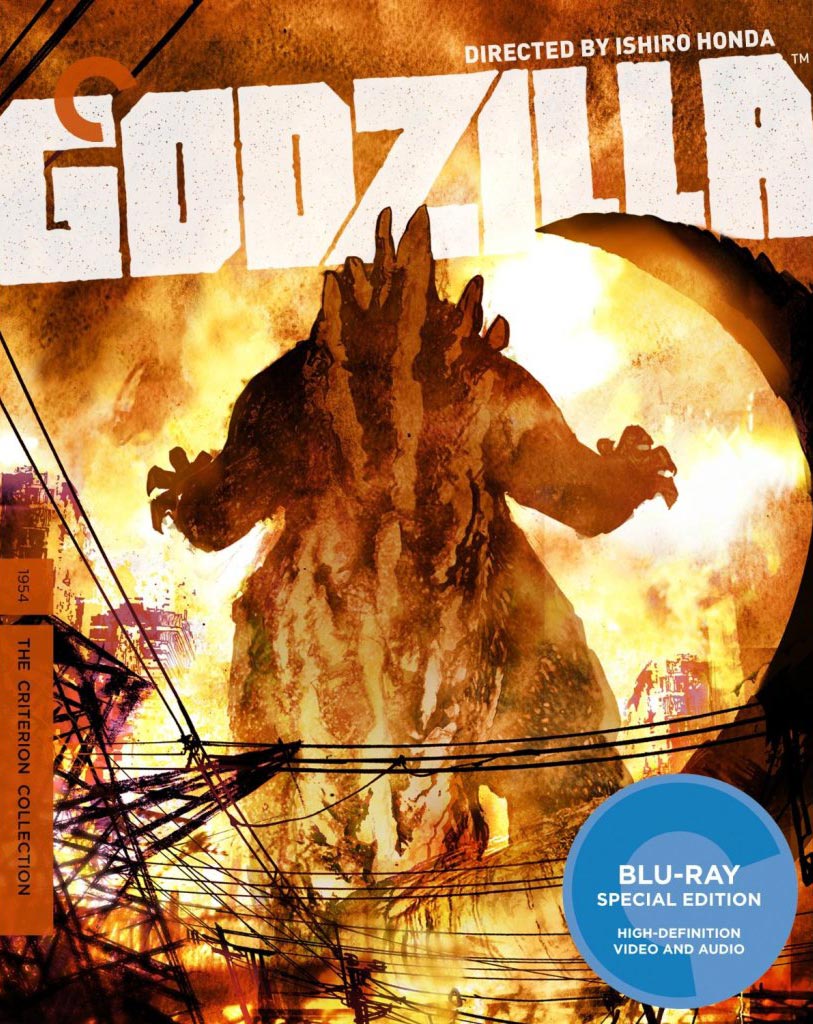 Godzilla (1954)
Godzilla (1954).jpg) The Bay (2012)
The Bay (2012) C.H.U.D. (1984)
C.H.U.D. (1984) The Day After Tomorrow (2004)
The Day After Tomorrow (2004)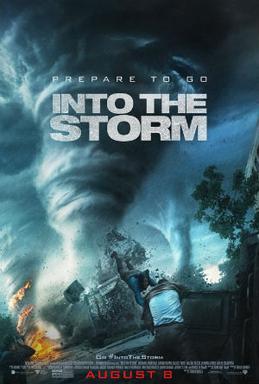
 Dystopian fiction has long found a home among the canonical halls of literature, but not until recent years have we seen so many offerings within this theme geared toward a young adult audience. Not only are there numerous young adult dystopian novels being written, but many of them don’t stop at just one novel but rather evolve into trilogies that then morph into three or more movies based on their various namesakes. One of the latest films in this phenomenon is
Dystopian fiction has long found a home among the canonical halls of literature, but not until recent years have we seen so many offerings within this theme geared toward a young adult audience. Not only are there numerous young adult dystopian novels being written, but many of them don’t stop at just one novel but rather evolve into trilogies that then morph into three or more movies based on their various namesakes. One of the latest films in this phenomenon is 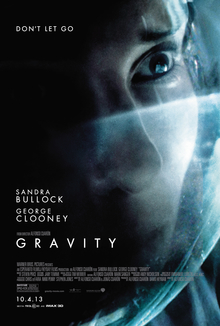 Gravity (2013)
Gravity (2013)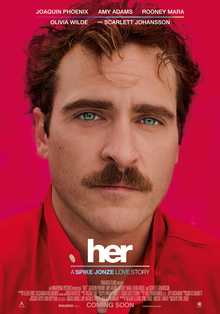 Her (2013)
Her (2013)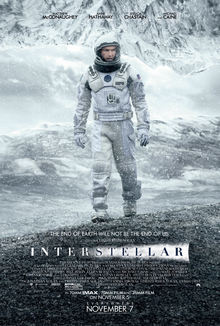 Interstellar (2014)
Interstellar (2014) Ex Machina (2015)
Ex Machina (2015)
